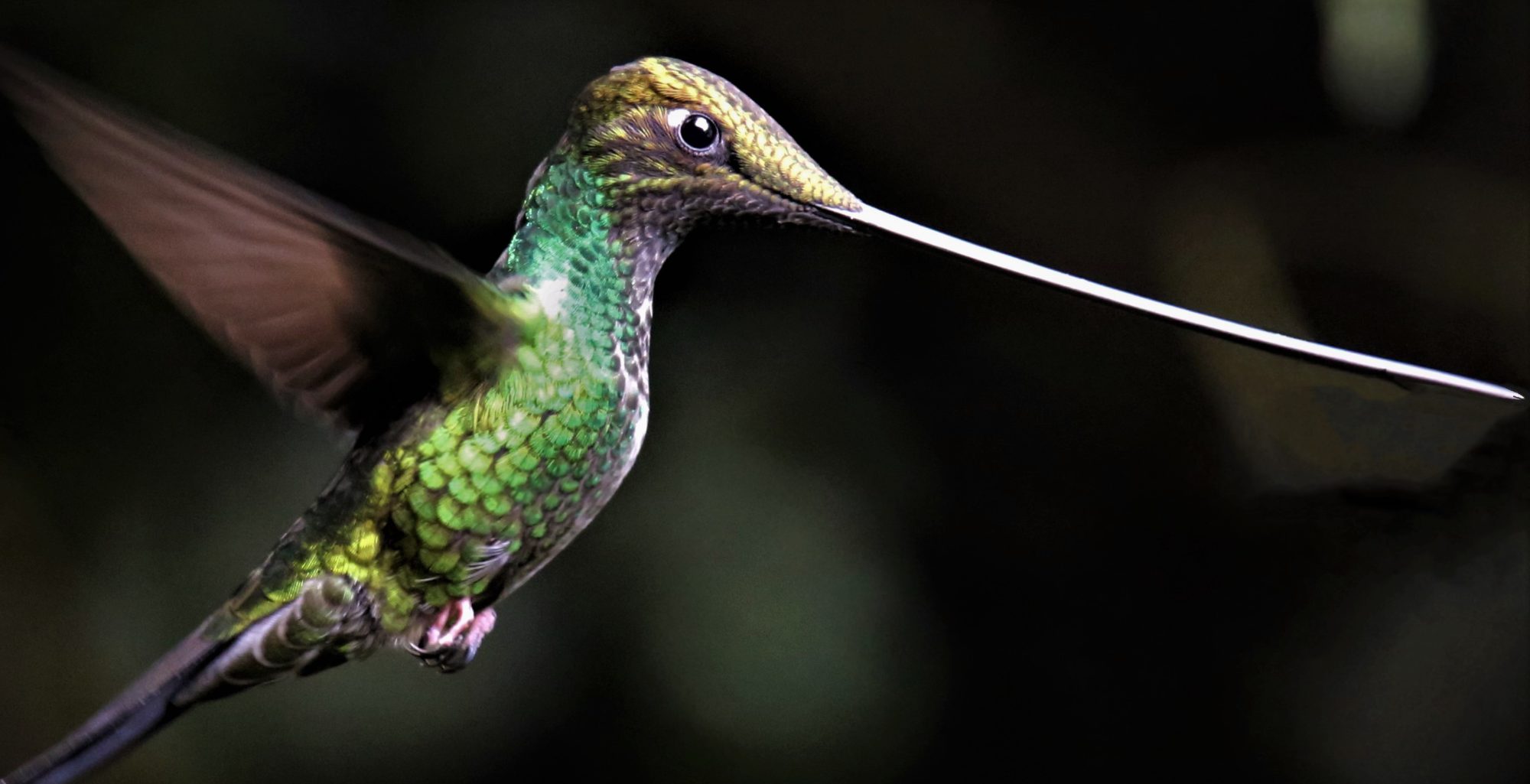When I was at Mpala I got a brief chance to talk to Dr. Daniel Rubenstein. Dr. Rubenstein is one of the world’s leading authorities on Equids and their behavior, and a professor at Princeton in the department that my nephew got his degree. Scott gives credit to Dr. Rubenstein for helping make Mpala the success it is today. Dr. Rubenstein talked about the Grevy’s Zebra, a critically endangered species found in Kenya. He also talked about the new research facility that was being built. You could tell that he was quite proud of what is happening at the research center. I have already posted my thoughts.
I was hoping to get a chance while at Mpala to photograph a Grevy’s, but time did not permit.
I did get time to learn about Grevy’s zebras from another person, named Danny (she never said her last name), working out of the University of Manchester, England. Danny is doing post-doctoral work. She has an interesting story, and was a wealth of knowledge about everything from birds to snakes. I enjoyed meeting her and her newlywed husband, who is also a scientist from Manchester. Danny is doing poop studies of the Grevy’s Zebras on the property at Mpala. It turns out there is a lot you can learn about an animal when you know the animal the poop came from. So they have to see the animal poop and collect it within 10 minutes of its release. It is possible to learn about diet, health, and even genetics without having to capture or stress the animal.
So where did I get the photo above. Scott saw the zebra while on a walk behind the house where we stayed at Ol Pejeta and knew I wanted a photograph. He called me and we quietly tracked the stallion on foot until I was able to get a picture. He was in a mixed herd with the more common Plains Zebra.
You can see more photos and compare the stripes of the two species of zebra found in Kenya by clicking here and looking at the pictures near the end.


